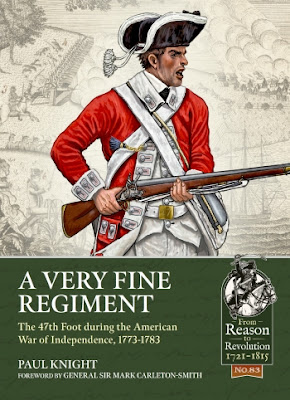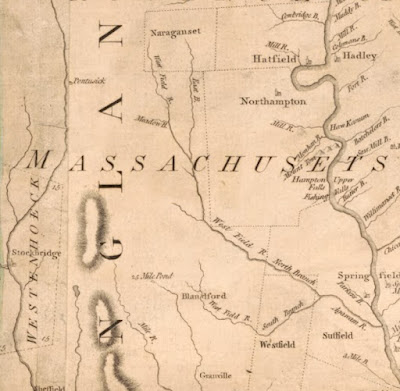Captured On April 19, 1775, Part II - "Treated With The Greatest Humanity"

After the fighting at Lexington, Concord and the retreat back to Boston ended on April 19, 1775, Massachusetts authorities found themselves responsible for approximately thirty prisoners , some of whom were wounded. These would be the first prisoners of many taken during the American Revolution. Although provincial leaders had been preparing for the possibility of war for months, there doesn't seem to have been a plan for how to manage prisoners. Among those taken was Samuel Lee from the Grenadier Company of the 18th Regiment of Foot. Grenadiers were elite soldiers, easily distinguished by their large bearskin helmets, as seen here at the 2024 Battle Road commemoration of April 19th at Minute Man National Park in Lexington (note that the lead two are from the Grenadier Company of the 47th Regiment of Foot , the only regiment which fought at Lexington and Concord that would go on to participate in the Saratoga campaign). A history of the town ...


